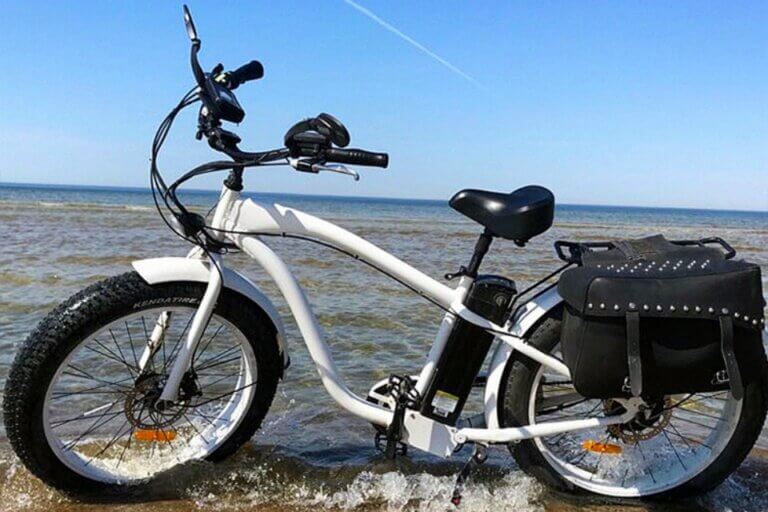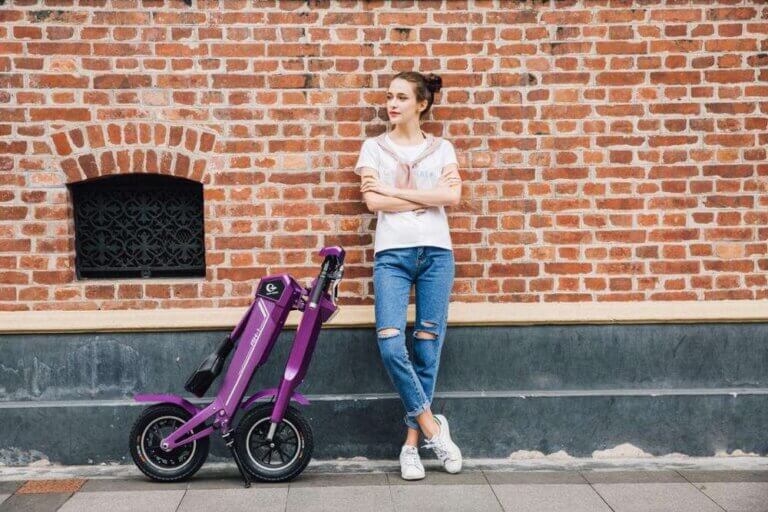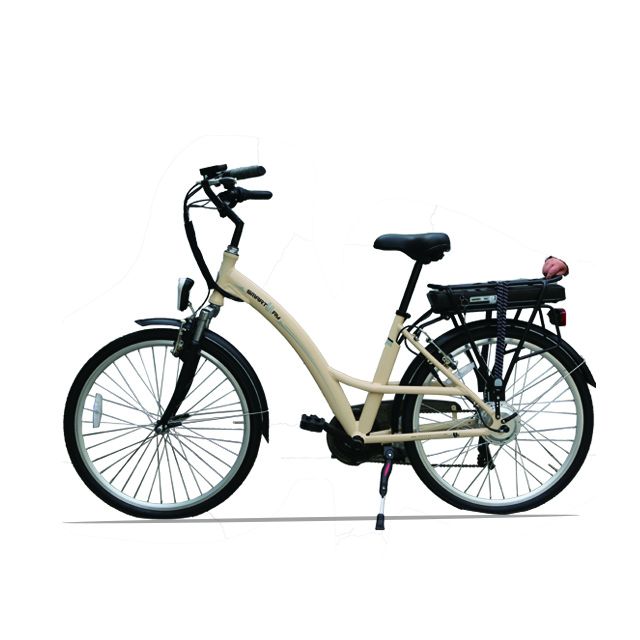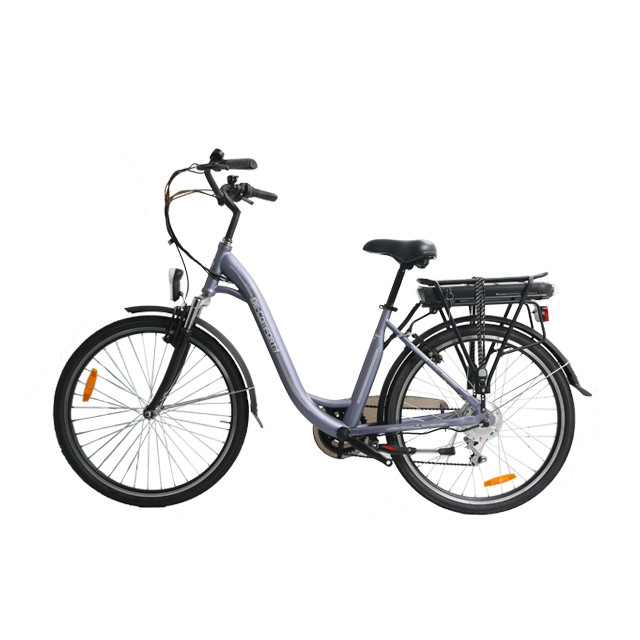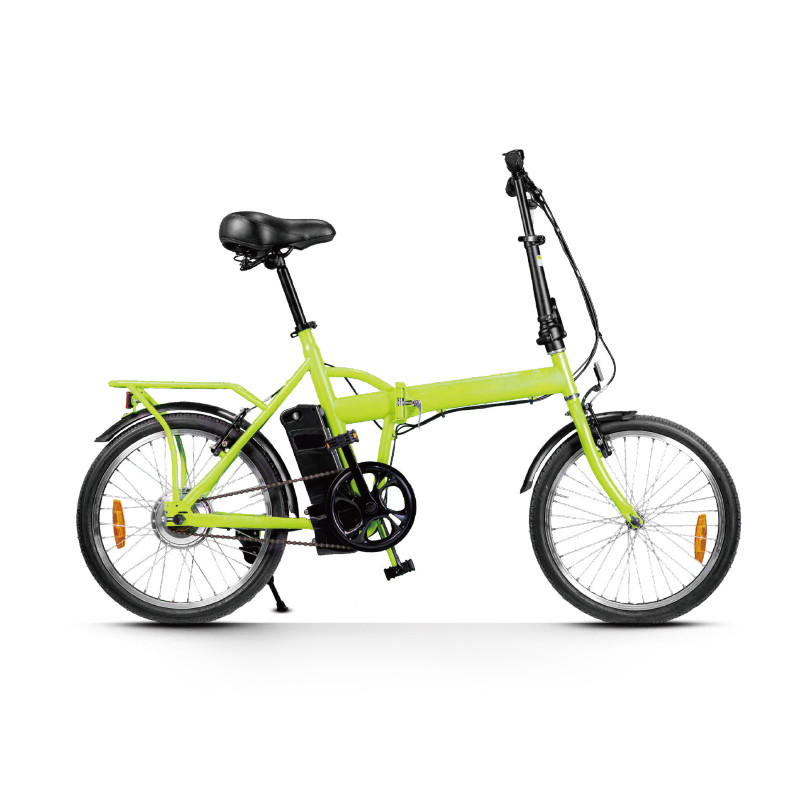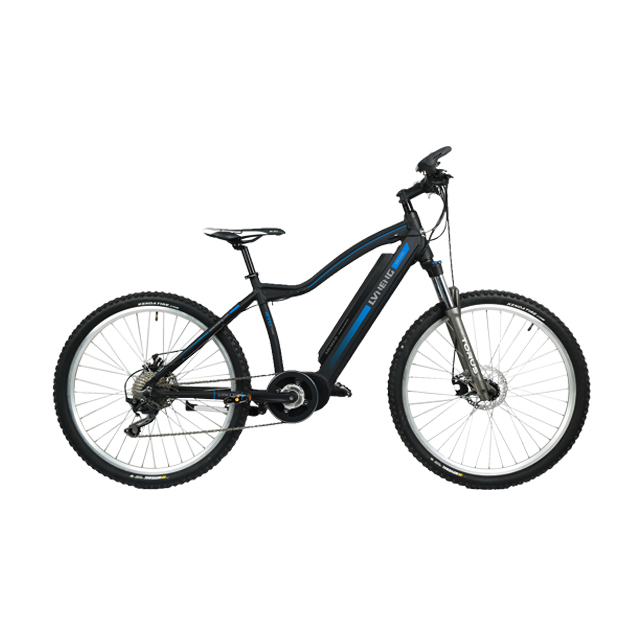-
414 Block B, ZT Times Plaza, Wuhan, Hubei, China
Blog
B2B Electric Cargo Bike Solutions
You sell to pros. They care about SLA, capacity, uptime, unit economics. Let’s talk plain and real. Below is a no-fluff take on B2B electric cargo bike solutions—why they work in dense cities, where they don’t, and how your team can roll them out with less drama.
Electric cargo bikes vs. vans: delivery speed and reliability (city centre)
When streets clog, bikes slip through. Multiple studies show e-cargo bikes drop more parcels per hour and arrive more reliably in high-density cores. Typical finding: ~10 drops/hour on bikes vs ~6 on vans, and bikes are ~60% faster in city centres (less time circling for curb space, no long detours).
What it means for ops: better first-attempt success, tighter time windows, fewer “where to park?” headaches. If your customer runs dense zip codes or LEZs, bikes aren’t just green—they’re on-time.
Microhubs + e-cargo bikes: network design, not just a vehicle change
A bike without a network is just… a bike. Microhubs (small transfer nodes 2–4 km from the final cluster) let trucks feed containers, and bikes fan out the last kilometres. Seattle’s pilot showed tailpipe CO₂ per package down ~19–73% vs van-only routes, depending on how much of the stem you shift. Similar public studies put per-package GHG down ~30–40% with microhubs.
Operator takeaway: redesign the route plan. Don’t yank out all vans; carve the core, seed a microhub, then push a few bike routes with tight geofences.
Policy and street design are catching up (NACTO Urban Delivery by Bike)
Cities are publishing playbooks. The latest NACTO “Urban Delivery by Bike / Delivery by Bike” guidance (2025) details bike classes (two-, three-, four-wheel/quads), loading/curb policy, and facility widths so cargo units actually fit and can legally load. That reduces enforcement risk and the “is this thing allowed?” debate with clients.
Yes, safety and quality control matter (learn from recalls)
Bikes are vehicles, not toys. Quality lapses have led to widely publicized recalls in the cargo segment (e.g., Babboe; authorities required refunds/repairs). That’s a caution flag to set hard spec, testing, and SLA gates—frame tests, battery certifications, and recall response clauses—in every B2B tender.
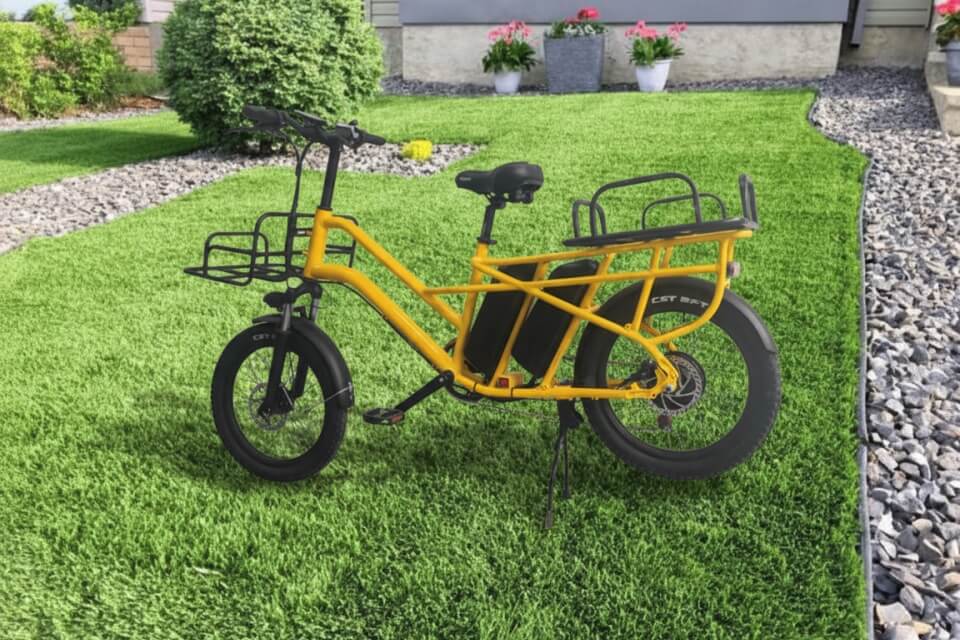
Evidence snapshot (one-glance cheat sheet)
| Argument (keyword) | Evidence / data point | Business takeaway | Source |
|---|---|---|---|
| Electric cargo bikes vs vans speed | ~60% faster, 10 drops/hr vs 6 for vans (city centre) | Higher productivity in cores, fewer failed first attempts | |
| Microhub e-cargo pilot (Seattle) | -19% to -73% CO₂ per package vs van-only | Design a 2-echelon network; measure CO₂/stop | |
| Microhub feasibility (DC region) | -30–40% GHG per package vs conventional | Replicate microhubs where density supports | |
| Policy: NACTO delivery by bike | Defines bike types, widths, curb/loading | Reduces compliance friction, easier permits | |
| Safety/recall signal | Large-scale cargo bike recall; regulator oversight | Bake in QA/traceability, battery & frame tests |
Heads-up: exact numbers vary by city, curb rules, rider training, and cluster density. Use them as directional guardrails, not gospel.
Match the use-case to your EZBKE catalog (product-to-job mapping)
“Electric Bike” category (OEM/ODM, bulk wholesale) — Urban M lineup
Your Electric Bike page positions you as an ISO-ready, OEM/ODM partner for electric bikes, kick scooters, motorcycles, foldables, sharing scooters—good for buyers who want one vendor for mixed fleets and bulk orders. (Also nice: cold-climate sodium battery option, IoT diagnostics noted on the page.)
750W 3-Wheel Electric Cargo Bike with Large Front Box (front-loader, fleet)
- When to pick: bulky parcels, food totes, floral crates, medical kits—places where stability and box volume beat speed.
- Spec bites: 750W peak (500W rated), 36V 15Ah, up to 60 km range, front cargo box w/ light, CE/FCC. Container loading: 40 units/20GP, 90 units/40HQ.
- Why ops likes it: riders feel safer on three wheels; easier onboarding.
Link: https://ezbke.com/product/750w-3-wheel-electric-cargo-bike-with-large-front-box/
350W Electric Cargo Bike with Dual Battery & Heavy-Duty Rack (two-wheeler, long duty)
- When to pick: high-density routes with frequent stops; you need range more than brute power.
- Spec bites: Bafang mid-drive 350W, dual-battery up to 160 km PAS, 24” wheels, aluminum frame, front & rear racks.
- Why finance smiles: simple drivetrain, long legs, modular battery swap.
Link: https://ezbke.com/product/350w-electric-cargo-bike-with-dual-battery-heavy-duty-rack/
Wholesale Peak Power 450W Electric Bike from China Factory (versatile rider unit)
- When to pick: rider escorts, service techs, light courier tasks, store-to-home shuttles.
- Spec bites: 20” fat tires, dual shocks, 36/48V battery options, PAS range up to ~100 km (spec), CE EN15194, multiple motor options up to 750W.
- Why fleet likes: flexible spec ladder, global certs, friendly MOQ.
Link: https://ezbke.com/product/wholesale-peak-power-450w-electric-bike-from-china-factory/
Quick note: I’ll keep saying it—specs look strong. Still, for pro fleets, run your own bench tests (frames, brakes, BMS) and lock service SLAs. We’re in B2B land; uptime > everything.
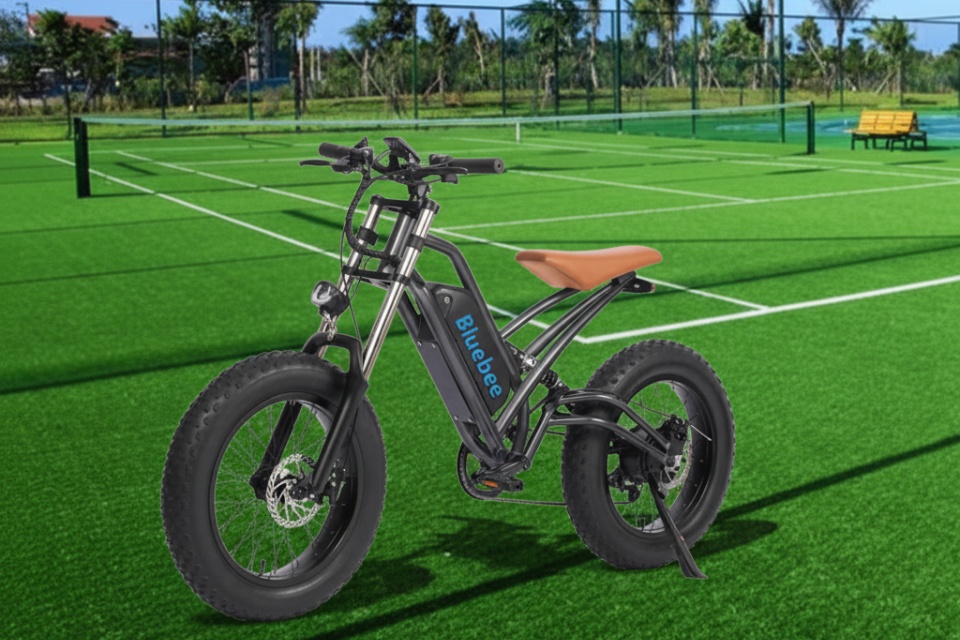
Rollout playbook (from pilot to scale)
1) Start where bikes win (and don’t over-promise)
Pick LEZs, pedestrian cores, old-town grids, university districts—anywhere vans waste time finding curb space. Cap pilot radius at ~2–4 km per microhub; keep service windows tight. (Yes, small typos happen—don’t worry too much tho.)
2) Design a two-echelon flow (truck → hub → bike)
- Truck handles long stem to the microhub.
- Swap containers or roll cages onto bikes.
- Bikes run dense loops with strict boundaries.
This isn’t “let’s buy some bikes,” it’s network design. If you’re nerdy (same), the two-echelon literature backs this approach for both handling and time-window reliability.
3) KPI the pilot like a grown-up program
Track drops/hour, first-attempt success, CO₂ per package, rider utilization, incident rate. Compare bike loops to nearby van loops on matched days. If drops/hour go up and complaints go down, you’ve got a story buyers will believe.
4) Right-size the hardware to the job
- Bulky or wobbly loads? The 750W 3-Wheel front box unit.
- Longer shifts / high stop density? The 350W model two-wheeler.
- Light courier / tech runs? The 450W 20-inch bike variants.
5) Compliance and curb choreography (NACTO-aligned)
Use the NACTO guidance to spec bike width/length, lane access, curb loading windows, and parking boxes into your SOW. It’s easier to get city buy-in when your plan speaks their language. (Kinda obvious, but teams skip it.)
6) Safety, QA, and recall posture (be boring, be safe)
Write frame fatigue, corrosion, BMS and cell certification into contracts. Ask vendors for traceability (batch + test reports). Define recall response deliverables. Why? Because the public recall history in this category is real, and enterprise buyers will ask.
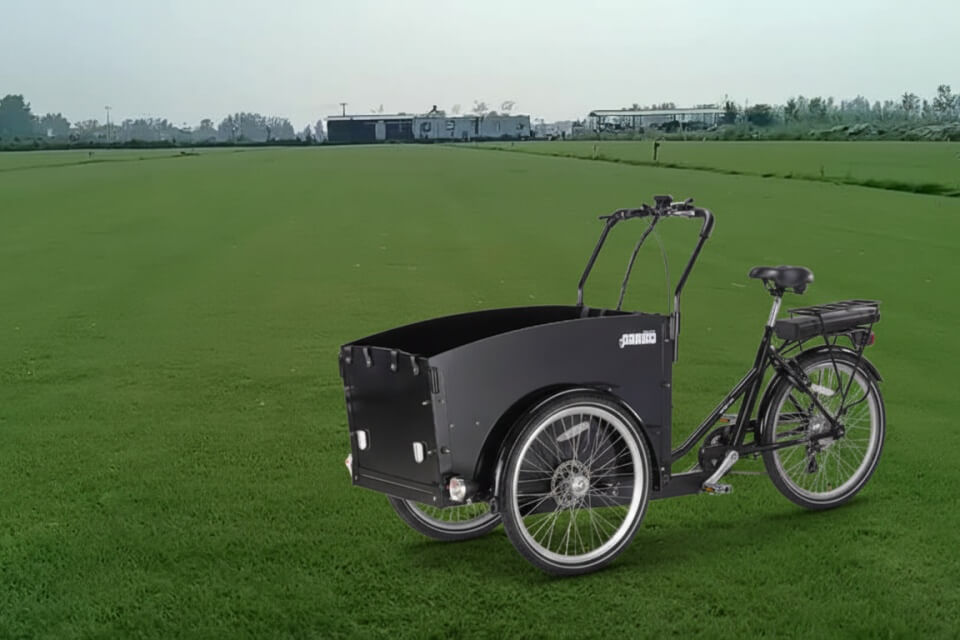
Real-world scenarios your sales team can pitch tomorrow
- Grocery and meal kits (dense zip): 3-wheelers with insulated boxes tackle multi-drop within one neighbourhood; truck reload at lunch. Less dwell, happier residents.
- Pharma / med courier: two-wheelers with dual battery handle time-sensitive cold-chain inserts in a small cooler. Clean curb profile outside clinics.
- D2C fashion / returns: outbound boxes in the morning; reverse logistics pickups in the afternoon. Bikes excel at the short errand style legs.
- Campus / resort / stadium: security escorts, service techs with tools on Electric Bike units; minimal noise, high visibility without the van footprint.
- Urban M sharing / mixed fleet: you already offer Electric Bike / Kick Scooter / Foldable lines, so a city can stand up multi-modal quickly with one supplier—clean for procurement and spare parts.
FAQ buyers will ask (and how to answer fast)
Q: Are bikes really faster than vans?
A: In core districts, yes—studies show ~60% faster and more drops per hour; parking/dwell kills vans.
Q: Will CO₂ actually drop if a truck still feeds the hub?
A: Yes—system view matters. Pilots show ~19–73% CO₂ reduction per package when you move the inner ring to bikes.
Q: What about legality and lane access?
A: Cities have Delivery by Bike guidance now; spec bike dimensions and curb rules up front.
Q: Safety? Batteries?
A: Use certified packs, require frame test documents, plan a recall posture; regulators have forced refunds in the past—be prepared, not scared.
Close it out
If your client’s last mile lives in dense cores, B2B electric cargo bikes aren’t a nice-to-have—they’re a delivery SLA lever. Start small, define a microhub, pick the right SKUs, measure hard. Then scale. If you need help mapping a pilot or writing a city-friendly curb memo, say the word; we’ll tailor it to your Urban M lineup and your buyer’s ops stack at 15Y electric scooter manufacturer Plant.





